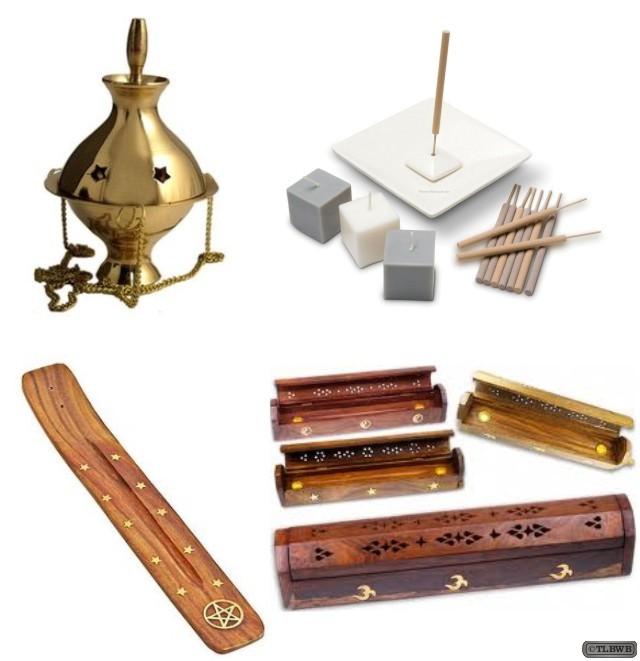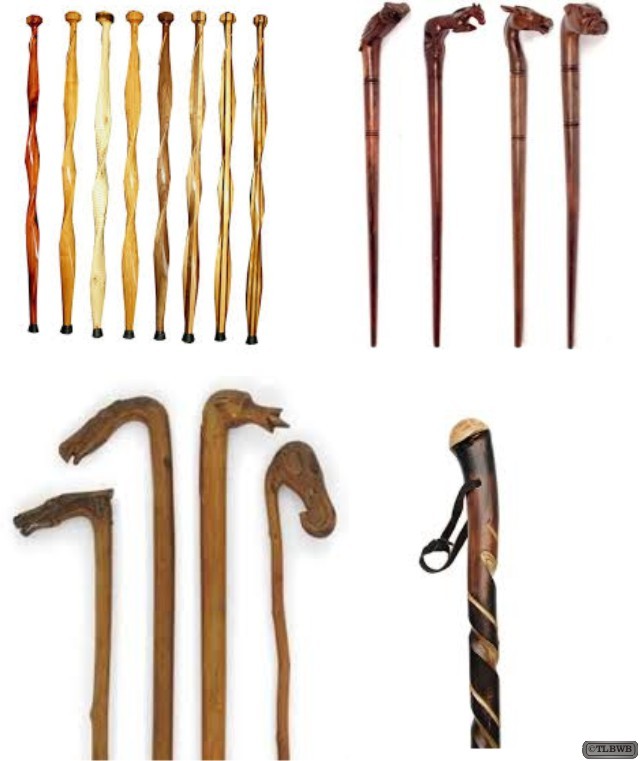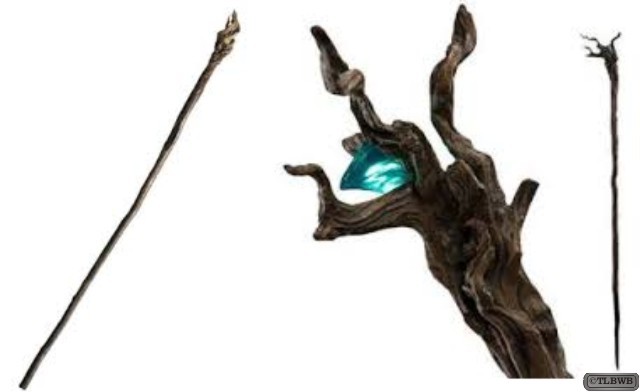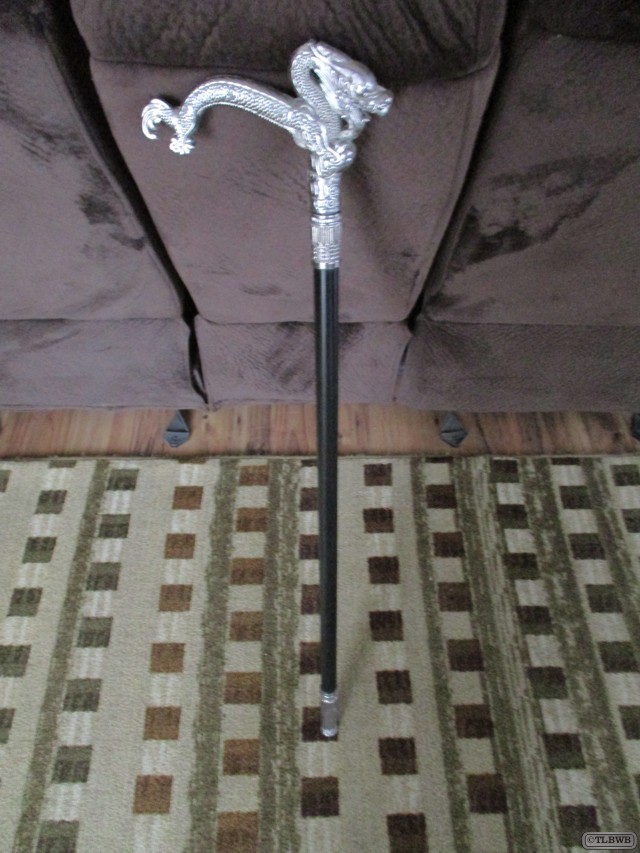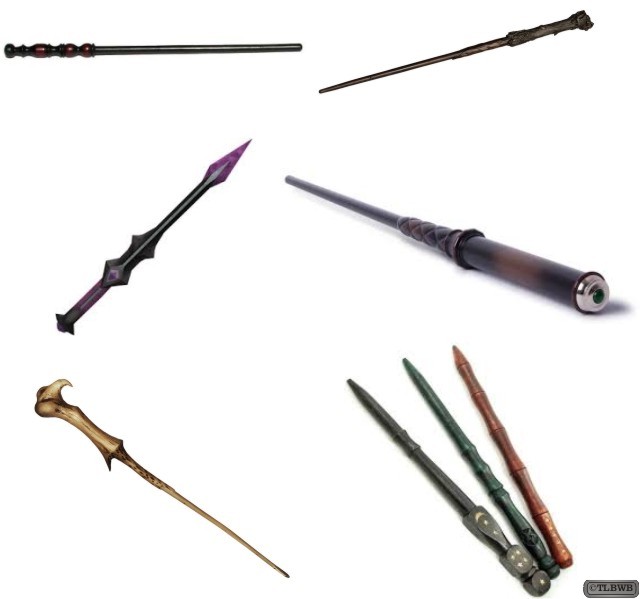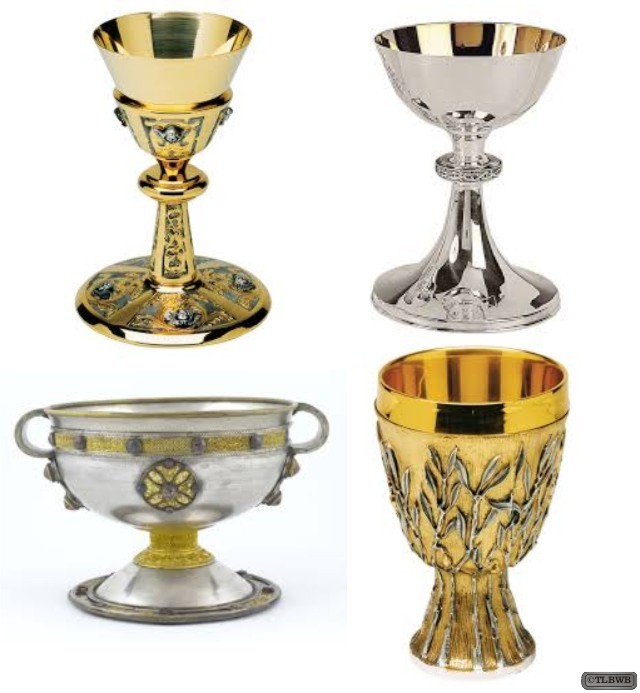Diagnosis
Apraxia of speech can be diagnosed by a speech language pathologist (SLP) through specific exams that measure oral mechanisms of speech. The oral mechanisms exam involves tasks such as pursing lips, blowing, licking lips, elevating the tongue, and also involves an examination of the mouth. A complete exam also involves observation of the patient eating and talking. SLPs do not agree on a specific set of characteristics that make up the apraxia of speech diagnosis,[citation needed] so any of the characteristics from the section above could be used to form a diagnosis. Patients may be asked to perform other daily tasks such as reading, writing, and conversing with others. In situations involving brain damage, an MRI brain scan also helps identify damaged areas of the brain.
A differential diagnosis must be used in order to rule out other similar or alternative disorders. Although disorders such as expressive aphasia, conduction aphasia, and dysarthria involve similar symptoms as apraxia of speech, the disorders must be distinguished in order to correctly treat the patients. While AOS involves the motor planning or processing stage of speech, aphasic disorders can involve other language processes.
According to Ziegler et al., this difficulty in diagnosis derives from the unknown causes and function of the disorder, making it hard to set definite parameters for AOS identification. Specifically, he explains that oral-facial apraxia, dysarthria, and aphasic phonological impairment are the three distinctly different disorders that cause individuals to display symptoms that are often similar to those of someone with AOS, and that these close relatives must be correctly ruled out by a Speech Language Pathologist before AOS can be given as a diagnosis. In this way, AOS is a diagnosis of exclusion, and is generally recognized when all other similar speech sound production disorders are eliminated.
Possible Aphasias
AOS and expressive aphasia (also known as Broca’s aphasia) are commonly mistaken as the same disorder mainly because they often occur together in patients. Although both disorders present with symptoms such as a difficulty producing sounds due to damage in the language parts of the brain, they are not the same. The main difference between these disorders lies in the ability to comprehend spoken language; patients with apraxia are able to fully comprehend speech, while patients with aphasia are not always fully able to comprehend others’ speech.
Conduction aphasia is another speech disorder that is similar to, but not the same as, apraxia of speech. Although patients who suffer from conduction aphasia have full comprehension of speech, as do AOS sufferers, there are differences between the two disorders. Patients with conduction aphasia are typically able to speak fluently, but they do not have the ability to repeat what they hear.
Similarly, dysarthria, another motor speech disorder, is characterized by difficulty articulating sounds. The difficulty in articulation does not occur due in planning the motor movement, as happens with AOS. Instead, dysarthria is caused by inability in or weakness of the muscles in the mouth, face, and respiratory system.
Norma
Censer
Censers are any type of vessels made for burning incense. These vessels vary greatly in size, form, and material of construction. They may consist of simple earthenware bowls or fire pots to intricately carved silver or gold vessels, small table top objects a few centimetres tall to as many as several metres high. Many designs use openwork to allow a flow of air. In many cultures, burning incense has spiritual and religious connotations, and this influences the design and decoration of the censer.
Incense
Incense is aromatic biotic material which releases fragrant smoke when burned. The term refers to the material itself, rather than to the aroma that it produces. Incense is used for a variety of purposes, including the ceremonies of all the main religions, to overcome bad smells, repel insects, spirituality, aromatherapy, meditation, and for simple pleasure.
Incense is composed of aromatic plant materials, often combined with essential oils. The forms taken by incense differ with the underlying culture, and have changed with advances in technology and increasing diversity in the reasons for burning it. Incense can generally be separated into two main types: “indirect-burning” and “direct-burning”. Indirect-burning incense (or “non-combustible incense”) is not capable of burning on its own, and requires a separate heat source. Direct-burning incense (or “combustible incense”) is lit directly by a flame and then fanned or blown out, leaving a glowing ember that smoulders and releases fragrance. Direct-burning incense is either a paste formed around a bamboo stick, or a paste that is extruded into a stick or cone shape.
The Lost Bearded White Brother
Chapter 11
They eventually reached the highest point of the pass. It conveniently widened to a flat, well protected area. They quickly set up camp. The cold, exhausted men soon huddled in front of a few large fires to dry their clothing and personal effects.
As they ate a soggy meal, they reassessed the situation. They had been lucky, no army was now following them. Kurden assured them that the pass would easily, and safely, lead them in the general direction of Arnor, where they could rejoin the bulk of the army.
It was nearing the appointed time of the day when they could contact Chargoff. Shielded by the canyon they had not been able to do so in a few days. Ludger set up the radio. After many tries he finally established a weak noisy link. It brought in bad news. A small detachment of Magdar’s army had raided Talenthar. They were repelled with difficulty, but Nathalia had to flee the castle. She left for the elven forest. No contact had been established with her, since her disappearance.
Since it had been so difficult to repel the attackers in a fortified city, it was agreed they would not succeed in their assault on the Gates of Doom, unless they first unlocked the Magic Dam on the river of Power. Only with the flow of water reestablished would they be able to use magic against magic.
They would discuss the details tonight and would call back Chargoff in the morning. The men soberly took in the bad news. Arexis led a council meeting. He called the meeting to order.
“We now agree that we can only attack Magdar’s stronghold, after we open the dam and release the water. Without magic we are doomed in our assault, as recent events in Talenthar showed us. But even without any magic we will have to launch our attack, we do not have any choice. We cannot let Magdar win. Does someone has any advice on how to reach the dam.”
Kurden cleared his throat and said.
“A direct approach would make us pass directly in front of the Gates of Doom. This would surely get us detected. The best way to the Great Dam is through the Valley of Perils.”
Arny joined in.
“The problem is that to reach the valley the obstacles are unsurmountable. The way through the northern mountains is too well patrolled for a team to get in. Even if one was to reach the foot of the dam, the lock is at the level of the lake. It is only accessible after a vertical climb of over fifteen-hundred feet.”
Ludger asked.
“Is there any way of reaching this valley undetected?”
Arny replied.
“One cannot cross the Desert of Death undetected. Thus the only way is very involved. First you have to pass through the elven forest. Then, through the rolling hills into the Plains of Ice, behind the Howling Mountains. From the plains you can enter the far end of the Valley of Peril.”
“What is so complicated about this?”
“First one cannot go into the elven forest unguided, for fear of getting hopelessly lost. The forest is protected by elven magic and no outsider is admitted without an elf guide. The way through the hills should be uneventful, but it might be patrolled by Magdar’s minions.
The worst part would be the Plains of Ice. This area is permanently frozen. No animal can survive the extreme cold for any length. Even if someone could dress warmly enough, he would have to travel, on foot, over three-hundred miles to skirt the Howling Mountains and reach the valley.”
Ludger said soberly.
“I see…. Then, if somebody could reach the top of the cliff by this long route, what is the nature of the lock? Is it magical or mechanical?”
Andrack answered.
“The lock itself is mechanical, but it is gigantic. An enormous force would be needed to break it. To open it , you would need the magical key that, of course, is in the hands of Magdar.”
“If the lock was broken how would the gates be opened?”
“The pressure of the water would be enough to force the gates open and the water would flow again. With this, enough power would be available for me to vanquish Magdar.”
Turning toward Arexis, Ludger said.
“My good friend, I will go back to Talenthar and follow the traces of Nathalia into the elven capital if need be. After I find her, I will go back to the Mist of Dreams. I will gather the equipment that will permit me to attempt the route that Arny proposed. I think that it is our only chance. If I reach the dam, I should be able to defeat the lock.”
“I cannot ask that of you, my friend, you have already done enough by helping us with the river of Gods.”
“You are not asking me. I am going on my own, for my own selfish reasons. I have decided to hang around this world for a while and Magdar doesn’t look like the ideal landlord. Also I would not mind having a talk with your sister. I did not like being talked to like a servant.
My mind is set don’t even try to change it.”
“The only thing that I can say is…, thank you.”
Andrack offered Ludger a small amulet of delicately carved jade, threaded on a leather thong. He said.
“Take this, it will help you in getting a guide around the elven forest, to reach Elvanor. This should also open the doors to Valnor, the elven King.”
“Thank you, old friend, this will be of great help. I will leave, alone, in the morning.”
Dregnar, who was coming back from walking the dog, said in a loud voice.
“No, Master Ludger, Bacchus and I will accompany you. You will need our aid to guide you.”
“All right, but only until we reach Elvanor, after this I go on alone. And please, don’t call me Master.”
“It is agreed, Master….”
The men, around the fire, broke into laughter. It eased the tension that had built up. Discussions went late into the night. They agreed on the details and schedule of their plan. Ludger would be given one week to reach Talenthar and get ready. Another week to search for Nathalia and get his supplies from the Mist of Dreams. Then two more weeks to reach the dam. Thus in four weeks from that day, at exactly 06:00, the attack would be launched. Kurden would attack from the northeast, Arexis and Chargoff from the east. Ludger would try to convince Valnor to attack from the south. The attack would go on, whether Ludger would break the lock at this time or not.
After all the details were ironed out, Ludger retired to the comfort of his, now dry, mummy bag. Bacchus curled up at his feet. He fell asleep petting his dog.
At dawn Ludger, Dregnar and Bacchus headed south with Arexis’ and Andrack’s blessings. They rode all day, pausing only to rest the horses. Since the moon was bright, they rode late into the night.
At the end of the next afternoon, they arrived at the camp near Arnor. They were led to Chargoff upon their arrival. Troops were massing in the plains around the little town, preparing for the upcoming battle. The general had no new information about Nathalia. She had left Talenthar less than a week ago. Nobody had seen or heard from her since. She supposedly fled to the elven forest, when the attempt to capture her at the palace, failed. Chargoff feared for her safety, but he thought that she should have reached Elvanor without too much difficulties. She should be safe there.
Around the campfire, that night, Ludger was relaxing while leaning back against a few bales of hay. He was absentmindedly scratching Bacchus behind her ears, wondering if Dregnar had fed her that night. A silent reply came to his mind. She had been fed. Startled, Ludger looked around and found no one within sight except for Bacchus. He sighed thinking he had dreamed. A silent reply followed.
“No you have not”
He looked down at his dog. He could see in her eyes that she was the one who had communicated with him. He passed his hand over her head. He could feel a rush of primitive thought patterns. This new development astounded him. He could not help but wonder at what this new world held in store for him. Looking down at Bacchus he thought.
“Good night.”
She replied in kind.
At dawn, when Ludger woke up, he considered that he had dreamed the events of the previous night, as he watched his dog go about her morning business. Grooms had prepared theirs horses. He set about to find Dregnar. He was eating breakfast with Chargoff. Ludger joined them . After they finished, they set off for Talenthar.
The next day, as they approached the capital, they found signs of the recent battles. Burnt farmhouses were seen in abandoned fields. Piles of human, troll, and goblin carcasses dotted the muddy road at regular interval, left for the carrion birds to clean. They gave a rotten stench to the bloody, melting snow.
They arrived at the northern gates of the city at sundown. They were quickly admitted before the gates were locked for the night. There was a subdued activity in the portions of the city bordering the river. People were cleaning up after the battle. Weary souls carried on their desperate work without any guarantees about their future. A large section, toward the northwest, had been partially burned down. It forced its inhabitants to seek refuge with friends and relatives.
Ludger could not support the desperate stares of the men and women lining the streets. He silently pledged to do whatever was in his power to help them. After following a convoluted path, to bypass most of the damaged roads, they reached the citadel. The Captain-at-arms allowed them in, as they were expected. Armed guards escorted them across the bridge to the palace. Balnor was anxiously waiting for them in the courtyard. Footmen took care of their horses, while their equipment was unloaded. Ludger was relieved that the scribe was fully recovered.
They followed Balnor to his office, in the royal library. They sat in comfortable chairs in front of his desk, while servants poured them refreshments. The small grey haired man was dressed in a heavy brocade robe. He crossed his long fingers and looked at Ludger, deep in the eyes. He said in a professorial tone.
“Six days ago an attack was launched against the city by a somewhat disorganized force composed of trolls and goblins. I am sure that their attack had a single purpose. To capture Princess Nathalia and bring her to Magdar.
As the action came close to the palace, She left the city by a hidden exit, with four guards and her friend, Lady Maria. As they were fleeing, east of the city, they came under attack. The small group disbanded. The Princess was last seen heading toward the enchanted forest, with Maria, under the protection of one guard. She has not been seen since then.”
After a long pause he continued.
“King Arexis contacted me last night. They are safe and sound with General Chargoff. Troops are starting to arrive from Baldour, Leventhar and Baldycree. At the same time in the blackened plains, in front of the Gates of Doom, a massive army composed of all the evil races of the Kingdom is assembling. With this army and his black magic, Magdar’s forces seem invincible.”
“The attack will be launched in exactly twenty-four days, tomorrow morning. We will be leaving in two days time for the elven forest. In the meantime you should organize search parties in that direction to look for traces of Nathalia’s passage. Also I would like access to the library and your help in finding all the information possible on the elven forest, the Great Dam and the Gates of Doom.”
“I will see to that, right now. Do you need anything else?”
“No, I will retire to catch up on my sleep, so that I can get an early start in the morning.”
They shook hands and Dregnar escorted Ludger to his room. They parted company a the room’s door. Ludger threw his gun belt and sword on the bed. He split his chainmail between his legs and removed it. He threw his clothes in a corner and slipped in a thick dressing gown. He called in a maid. When the dour faced older women came in, he instructed her to launder his clothes before morning. He relaxed in a hot bath until the water turned cold. He then went to bed. He fell asleep as soon as his head hit the pillow.
*
Early the next morning Ludger was awaken by a loud knock at his door. He let in Balnor, who was carrying a tall stack of dusty old books. They laid them down on a long table and started their search. Breakfast was brought in by a servant. Dregnar came in to fetch Bacchus for her morning walk. Ludger was amazed to see them so close. At first Dregnar had been so afraid of the dog. As they walked out the door, Bacchus let him know silently.
“This guy is great, he walks like one of you, but he smells like one of me. He must be a distant cousin of mine.”
Ludger grinned widely and went back to his lecture. They spent all morning reviewing historical books. Balnor had previously visited Elvanor. He told Ludger what he new about the elves.
“The elven forest is protected by a conjuration of the elder elven spirits that are reincarnated into the trees of the forest. Elves, whose lifespan is at least five times that of a human, do not really die at the end of their long earthly journey. Their body shell dissolves and their essence, or spirit, is metamorphosed into one of the tree that forms the magic forest.
The magic spirits, in the trees, protect Elvanor from any unwanted intruder. It makes them hopelessly lost. The deeper one tries to go into the forest, the more disoriented one will be. People have been known to travel in circles in the outskirts of the forest without getting any deeper, but also without being able to escape. They travel until they collapse from exhaustion and eventually die.
People of elven blood are the best trackers in the known world. Their natural gift is augmented by the conjuration of elders. In this way they can travel through the forest without any problems. The worst punishment for an elf, is to become an outcast and be banished from the city. They are then kept out by the conjuration and stripped of their tracking powers. With this, two thing are accomplished. First they loose their identity and affinity with mother earth. Second they will never see Elvanor again for as long as they live.
This is harsh punishment because this city is the jewel of this world. It is carved out of one gigantic tree whose trunk is close to a mile thick. Over many levels in the trunk and the crown of the tree, living and working quarters are arranged. They are topped by the royal palace. The city is always green and protected from the elements. It is a marvel to visit.”
The search through the old tomes was frustrating, since they were not indexed. They had to read everything to know the contents of the books. By mid-afternoon, Balnor decided that they should move to the old archives, where their search might be more fruitful.
Ludger followed the scribe, first to the kitchen, where they ate a quick lunch under the scornful eye of the head chef who did not appreciate his kitchen being invaded by outsiders. Balnor then fetched two large oil lamps and lit their wicks with a spell. He winked at Ludger.
“It is not only our friend Andrack who can use magic.”
Ludger smiled. He was led through a series of dark corridors and staircases that plunged deeply in the bowels of the palace. The journey finally ended in front of an old oaken door that was undistinguishable from any of its siblings that they had passed on their way.
Balnor produced a long skeleton key from his pocket. He unlocked the door. He showed Ludger in. The large low-ceiling room was lined by rows upon rows of bookcases. The air was full of the aroma of dusty old tomes.
Ludger helped Balnor search through the shelves for any books that could be useful. He found a small bound essay by a famed wizard, that Balnor identified as Andrack’s mentor, on the source of power of the Gates of doom. Simply stated it said that the strength of the Gates is unimpeded as long as the flow of the river of Powers is at its yearly average or above. Below that, the Gates gradually weaken with the lessening flow of water.
Balnor remembered that during the summer that Magdar had escaped, the Kingdom had suffered from one of the worst droughts in its history. The flow of the river had been at its lowest ever. It could explain why Magdar had been able to get free with the help of his minions.
Later, Balnor came up with a handwritten diary from an itinerant magician who travelled the north. It confirmed that during the year of the drought the power of the Gates had been weaker. Magdar had sent some emissaries from beyond the gates. They had no power of their own but they managed to rally to Magdar’s cause the goblins and troll that lived in the mountains. Later, even one of the King’s advisers was enroled in their ranks. All had the same goal, a lust for power and riches.
The flow of the river was slowed further by the trolls piling up rocks creating makeshift dams. Magicians who were travelling the outskirts of the realm were kidnapped. Nobody knows what happened to them. The river flow was slowed enough to permit Magdar to escape from the Gates. After this was the great Magic War where all the magicians, but Andrack, disappeared without trace. Both sides suffered tremendous losses but Magdar managed to lock the Magic Dam with the key he took from Bluthor’s death grip.
The Dam was under magical protection but constructed of normal building materials. In the middle of its curved wall was a massive lock that could be used to control the flow of water. It had been closed to dry up the land. But since it was built of stones, wood and metal, Ludger believed that it could be destroyed.
They searched for more information until the next evening, taking only short periods of rest. Nothing further, of any consequence, was found. Ludger decided to retire early. They were leaving in the morning after debriefing the scouts that were expected back overnight.

This work is licensed under a Creative Commons Attribution-NonCommercial-NoDerivatives 4.0 International License.
From 1990: One Way Ticket To Talenthar
The Sass
Characteristics
Apraxia of speech (AOS) is a neurogenic communication disorder affecting the motor programming system for speech production. Individuals with AOS demonstrate difficulty in speech production, specifically with sequencing and forming sounds. The Levelt model describes the speech production process in the following three consecutive stages: conceptualization, formulation, and articulation. According to the Levelt model, apraxia of speech would fall into the articulation region. The individual does not suffer from a language deficiency, but has difficulty in the production of language in an audible manner. Notably, this difficulty is limited to vocal speech, and does not affect signed language production. The individual knows exactly what they want to say, but there is a disruption in the part of the brain that sends the signal to the muscle for the specific movement. Individuals with acquired AOS demonstrate hallmark characteristics of articulation and prosody (rhythm, stress or intonation) errors. Coexisting characteristics may include groping and effortful speech production with self-correction, difficulty initiating speech, abnormal stress, intonation and rhythm errors, and inconsistency with articulation.
Wertz et al., (1984) describe the following five speech characteristics that an individual with apraxia of speech may exhibit:
Effortful trial and error with groping
Groping is when the mouth searches for the position needed to create a sound. When this trial and error process occurs, sounds may be held out longer, repeated or silently voiced. In some cases, an AOS sufferer may be able to produce certain sounds on their own, easily and unconsciously, but when prompted by another to produce the same sound the patient may grope with their lips, using volitional control (conscious awareness of the attempted speech movements), while struggling to produce the sound.
Self correction of errors
Patients are aware of their speech errors and can attempt to correct themselves. This can involve distorted consonants, vowels, and sound substitutions. People with AOS often have a much greater understanding of speech than they are able to express. This receptive ability allows them to attempt self correction.
Abnormal rhythm, stress and intonation
Sufferers of AOS present with prosodic errors which include irregular pitch, rate, and rhythm. This impaired prosody causes their speech to be: too slow or too fast and highly segmented (many pauses). An AOS speaker also stresses syllables incorrectly and in a monotone. As a result, the speech is often described as ‘robotic’. When words are produced in a monotone with equal syllabic stress, a word such as ‘tectonic’ may sound like ‘tec-ton-ic’ as opposed to ‘tec-TON-ic’. These patterns occur even though the speakers are aware of the prosodic patterns that should be used.
Inconsistent articulation errors on repeated speech productions of the same utterance
When producing the same utterance in different instances, a person with AOS may have difficulty using and maintaining the same articulation that was previously used for that utterance. On some days, people with AOS may have more errors, or seem to “lose” the ability to produce certain sounds for an amount of time. Articulation also becomes more difficult when a word or phrase requires an articulation adjustment, in which the lips and tongue must move in order to shift between sounds. For example, the word “baby” needs less mouth adjustment than the word “dog” requires, since producing “dog” requires two tongue/lips movements to articulate.
Difficulty initiating utterances
Producing utterances becomes a difficult task in patients with AOS, which result in various speech errors. The errors in completing a speech movement gesture may increase as the length of the utterance increases. Since multisyllabic words are difficult, those with AOS use simple syllables and a limited range of consonants and vowels.
Norma
A walking stick is a device used by many people to facilitate balancing while walking.
Walking sticks come in many shapes and sizes, and can be sought by collectors. Some kinds of walking stick may be used by people with disabilities as a crutch. The walking stick has also historically been known to be used as a defensive or offensive weapon, and may conceal a knife or sword as in a swordstick.
Walking sticks, also known as trekking poles, pilgrim’s staffs, hiking poles or hiking sticks, are used by hikers for a wide variety of purposes: to clear spider webs, or part thick bushes or grass obscuring the trail; as a support when going uphill or a brake when going downhill; as a balance point when crossing streams, swamps or other rough terrain; to feel for obstacles in the path; to test mud and puddles for depth; and as a defence against wild animals.
I tried to make a regular walking stick, but everything I make seems to be magic. So, be advised, this is a Magic Walking Stick!
Blackthorn is depicted in many fairy tales throughout Europe as a tree. To Witches according to Christian folklore, Blackthorn is seen as a sinister tree and associated with Witches. It is a sacred tree to the Dark, or Crone aspect of the Triple Goddess, and represents the Waning and Dark Moons. Blackthorn is known as ‘the increaser and keeper of dark secrets’.
Fashioned from an upturned sapling, gnarled staff serves as walking stick, magical rod and practical tool for the wandering Wizard of the woods and wilds. At home amid the beasts and trees, has largely eschewed the company of men or Elves or other cultured races for the solace of the forest and the companionship of its creatures. With twiggy protrusions serving as a bird’s perch and amid which a cool blue crystal nestles, the Wizard’s twisted staff is ever at his side, supporting him on his long, and frequently spontaneous, rambles through his forest home.
The Lost Bearded White Brother
Apraxia of speech (AOS) is an acquired oral motor speech disorder affecting an individual’s ability to translate conscious speech plans into motor plans, which results in limited and difficult speech ability. By the definition of apraxia, AOS affects volitional (willful or purposeful) movement patterns, however AOS usually also affects automatic speech.
Individuals with AOS have difficulty connecting speech messages from the brain to the mouth. AOS is a loss of prior speech ability resulting from a brain injury such as a stroke or progressive illness.
Developmental verbal dyspraxia (DVD), also known as childhood apraxia of speech (CAS) and developmental apraxia of speech (DAS); is an inability to utilize motor planning to perform movements necessary for speech during a child’s language learning process. Although the causes differ between AOS and DVD, the main characteristics and treatments are similar.
Norma
A wand (sometimes magic wand) is a thin, hand-held stick or rod made of wood, stone, ivory, or metals like gold or silver. Generally, in modern language, wands are ceremonial and/or have associations with magic but there have been other uses, all stemming from the original meaning as a synonym of rod and virge, both of which had a similar development. A stick giving length and leverage is perhaps the earliest and simplest of tools. Long versions of the magic wand are usually styled in forms of staves or scepters, often with designs or an orb of a gemstone forged on the top.
Mystical, Occult, and Religious Usage
In Pharaonic Egypt, toilette articles, weapons against possible enemies, amulets against serpents, were also left in the tomb, together with magic texts and a magic wand which enabled the ba (soul) to use them.
In classical Greco-Roman mythology, the god Hermes/Mercury has a special wand called a caduceus.
Six to eight-foot-long staves with metal tips adorning them are carried traditionally in Freemasonry during rituals of the Craft. Ceremonial uses may have several wands for different purposes, such as the Fire Wand and the Lotus Wand in the Hermetic Order of the Golden Dawn. In Zoroastrianism, there is a similar ritual implement called a barsom. In Wicca and Ceremonial magic, practitioners use several magical tools including wands for the channeling of energy-they serve a similar purpose to the athame although the two have their distinct uses. While an athame is generally used to command, a wand is seen as more gentle and is used to invite or encourage. Though traditionally made of wood, they can also consist of metal or crystal. Practitioners usually prune a branch from an Oak, Hazel, or other tree, or may even buy wood from a hardware store, and then carve it and add decorations to personalize it; however, one can also purchase ready-made wands. In Wicca the wand usually represents the element air, or sometimes fire, although contemporary wand makers also create wands for the elements of earth and water as well. The wand is most often used by Neopagans, Wiccans, Shamans and others in rituals, healing and spell casting.
There is some scholarly opinion that the magic wand may have its roots as a symbol of the phallus. It may also have originated as the drumming stick of a shaman, especially in Central Asia and Siberia, as when using it to bang on his drum or point, to perform religious, healing, and magical ceremonies.
The Lost Bearded White Brother
Apraxia is most often due to a lesion located in the left hemisphere of the brain, typically in the frontal and parietal lobes. Lesions may be due to stroke, acquired brain injuries, or neurodegenerative diseases such as Alzheimer’s disease or other dementias, Parkinson’s disease, or Huntington’s disease. It is also possible for apraxia to be caused by lesions in other areas of the brain including the right hemisphere.
Ideomotor apraxia is typically due to a decrease in blood flow to the left hemisphere of the brain and particularly the parietal and premotor areas. It is frequently seen in patients with corticobasal degeneration.
Ideational apraxia often results in functional impairments in activities of daily living (ADLs) similar to those seen with late stage dementia. More recently, it has been observed in patients with lesions in the left hemisphere near areas associated with aphasia; however, more research is needed on ideational apraxia due to brain lesions. The localization of lesions in areas of the frontal and temporal lobes would provide explanation for the difficulty in motor planning seen in ideational apraxia as well as its difficulty to distinguish it from certain aphasias.
Constructional apraxia is often caused by lesions of the inferior right parietal lobe, and can be caused by brain injury, illness, tumor or other condition that can result in a brain lesion.
Norma
Suzuki Samurai
In 1984, the SJ was revamped with the launch of the SJ413 (internal model code JA51). The SJ413 included a larger 1.3 liter 4-cylinder engine, 5-speed manual transmission and power brakes (disc brakes on the front and drum brakes on the rear) all around. The body and interior were also redesigned, with a new dashboard, seats, and grille. The SJ410 remained in production for various other markets with the old specifications.
North American Market
Suzuki Samurai (North America-Spec)
The SJ-Series was introduced to the United States (Canada earlier) in 1985 for the 1986 model year. It was priced at just $6200 and 47,000 were sold in its first year. The Samurai had a 1.3 liter, 63 hp (47 kW), 4-cylinder engine and was available as a convertible or a hardtop. The Suzuki Samurai became intensely popular within the serious 4WD community for its good off road performance and reliability compared to other 4WDs of the time. This is due to the fact that while very compact and light, it is a real 4WD vehicle equipped with a transfer case switchable 4WD and low range. Its lightness makes it a very nimble off roader less prone to sinking in softer ground than heavier ones. It is also considered a great beginner off-roader due to its simple design and ease of engine and suspension modifications.
The 1988.5 model Samurai was re-tuned for better on-road use in the United States. This revision included softer suspension settings and a larger anti-sway bar to reduce body roll. A lower 5th gear (.865:1 vs the earlier .795:1) increased engine rpm and power on the highway, and improved dashboard and seats made the Samurai more comfortable.
A new 1.3 liter four-cylinder engine with throttle-body fuel injection was introduced with 66 hp (49 kW) in September 1991. The Samurai was supplemented in Canada and the United States markets in 1989 by the Suzuki Sidekick, which eventually replaced the Samurai in 1995. The rear seat was removed from 1994 and 1995 Samurai models with rear shoulder safety belts becoming mandatory, and the partial roll cage not having the required mounting provisions, unlike the larger Jeep Wrangler. Low sales and pending stricter safety legislation prompted the withdrawal of the Samurai from Canada and the United States markets after 1995.
The Sass
A Chalice (from Latin calix, mug, borrowed from Greek kalyx, shell, husk) is a goblet or footed cup intended to hold a drink. In general religious terms, it is intended for drinking during a ceremony.
The chalice, or goblet, is symbolic for the element of Water. Many Wiccans do not consider it to be a tool, but instead to be a symbol of the Goddess, particularly her womb. The chalice bears many similarities with the Holy Grail, except for its symbolism used in witchcraft. Rather than being the blood of Christ, it is symbolic of the Goddess’ womb. The chalice is often used to hold wine, water, milk, juice and other ritual drinks.
Christian
In Roman Catholicism, Eastern Orthodoxy, Oriental Orthodoxy, Anglicanism, Lutheranism and some other Christian denominations, a chalice is a standing cup used to hold sacramental wine during the Eucharist (also called the Lord’s Supper or Holy Communion). Chalices are often made of precious metal, and they are sometimes richly enamelled and jewelled. The gold goblet was symbolic for family and tradition.
Wicca
In Wicca a chalice, as a feminine principle, is often used in combination with the Athame (ceremonial black-handled knife), as male principle. Combining the two evokes the act of procreation, as a symbol of universal creativity. This is a symbol of the Great Rite in Wiccan rituals. A chalice is also used in the Small Rite.
Neo-Paganism
Some forms of Neo-Paganism make use of chalices in their rituals as well. A chalice may be placed on an altar or on the ground. The chalice may contain wine, whiskey, water, or other liquids.
The Lost Bearded White Brother
